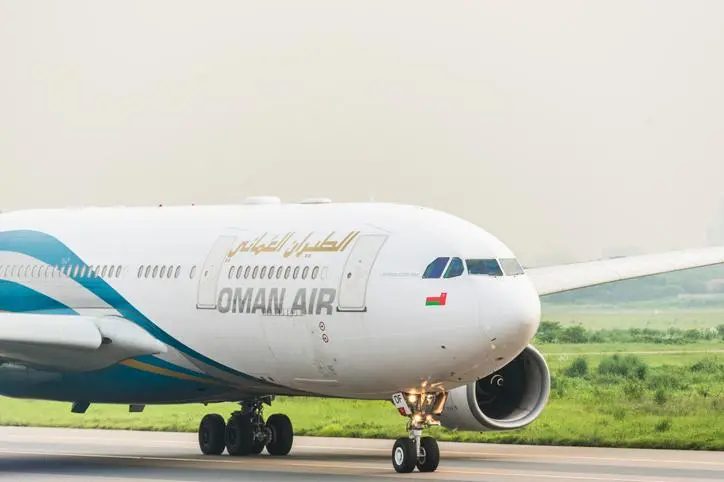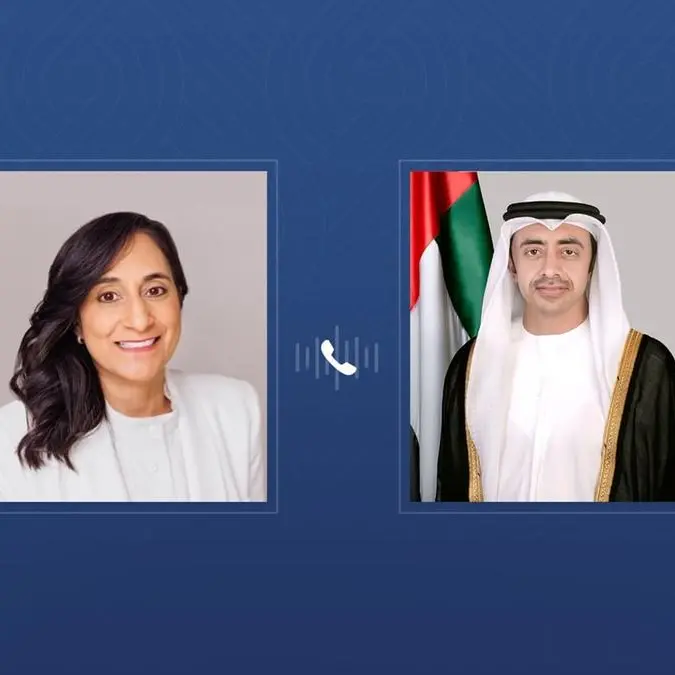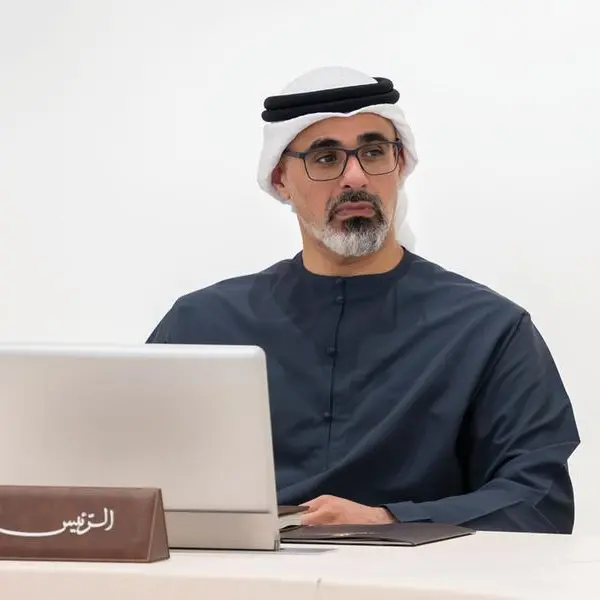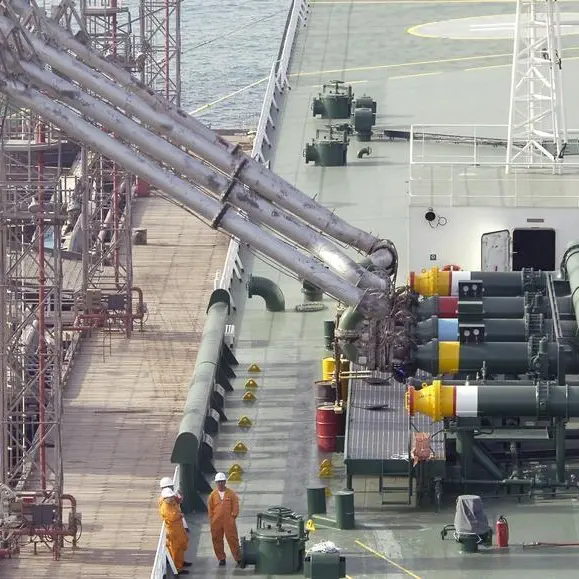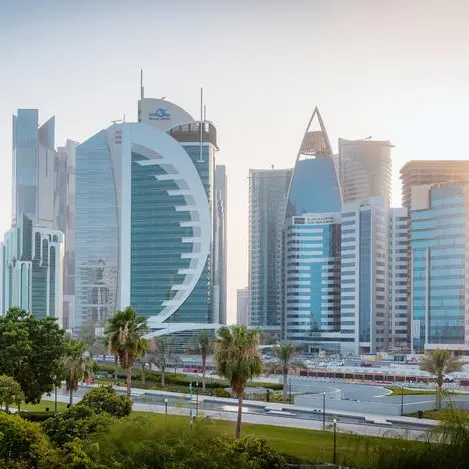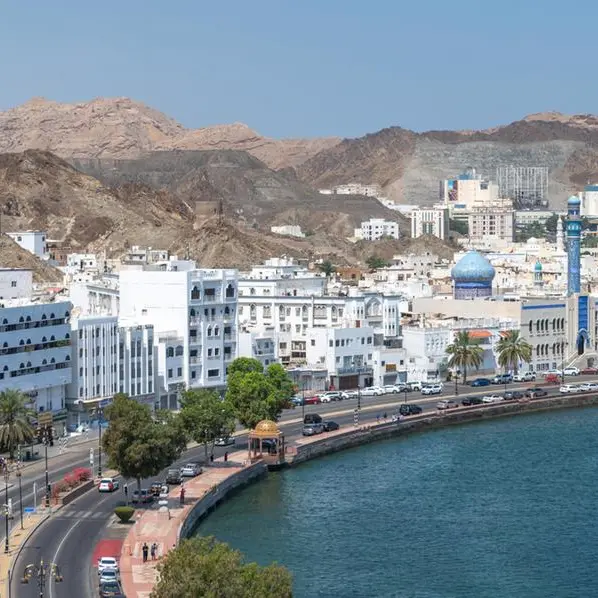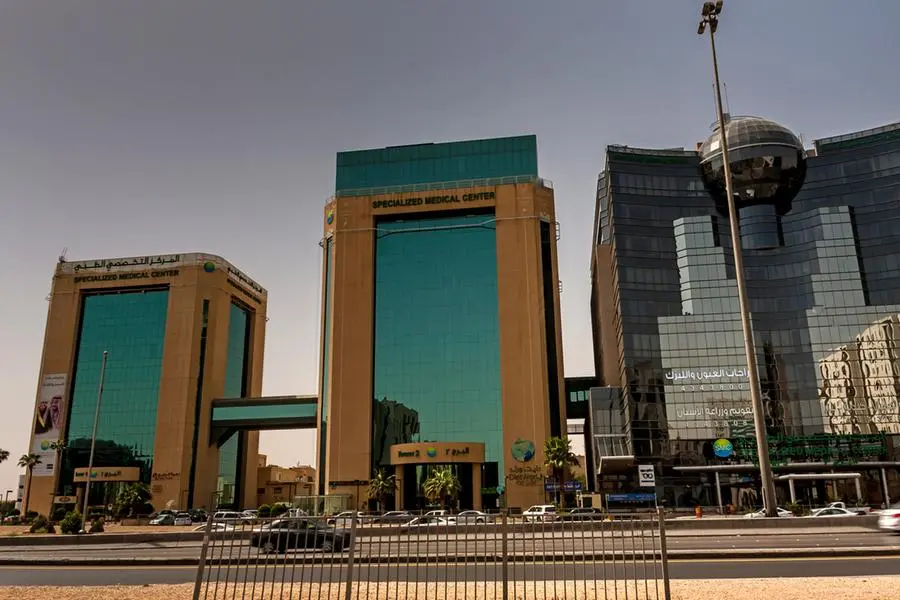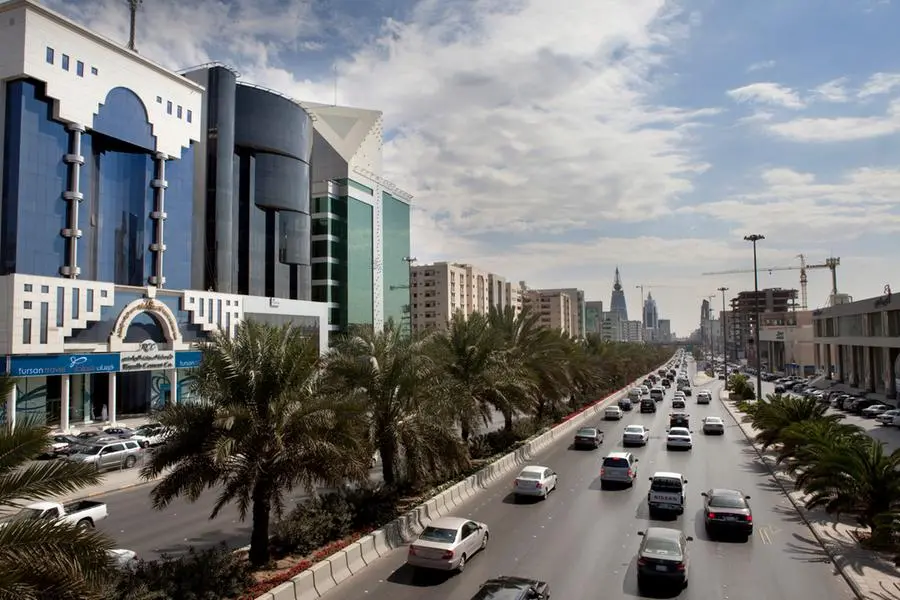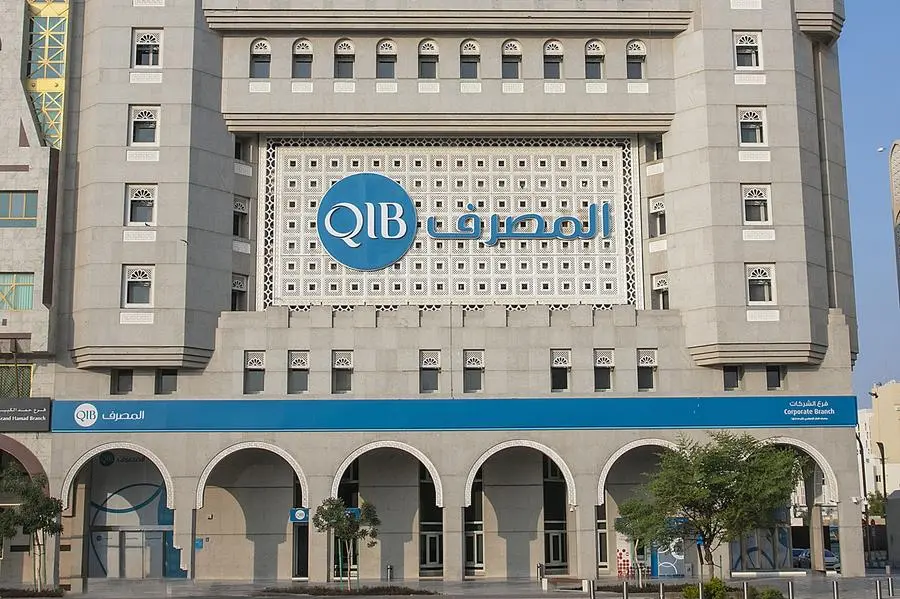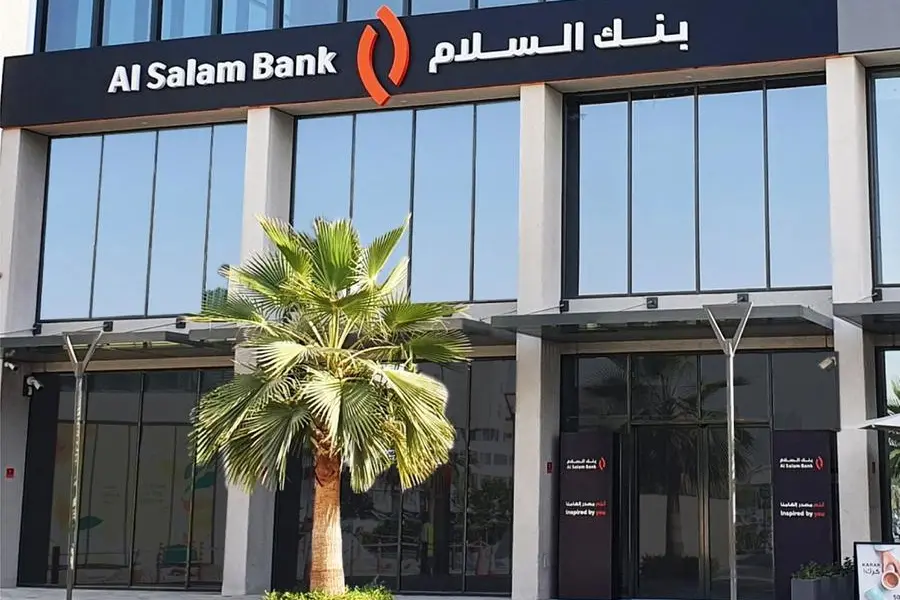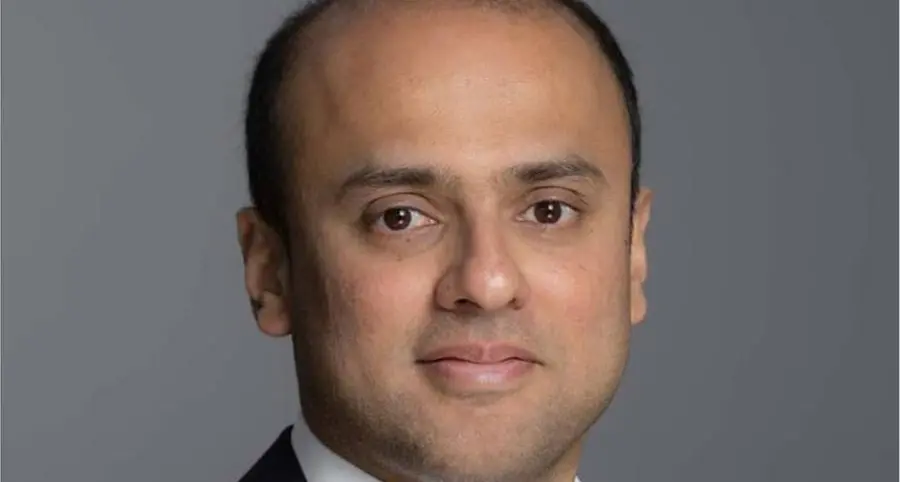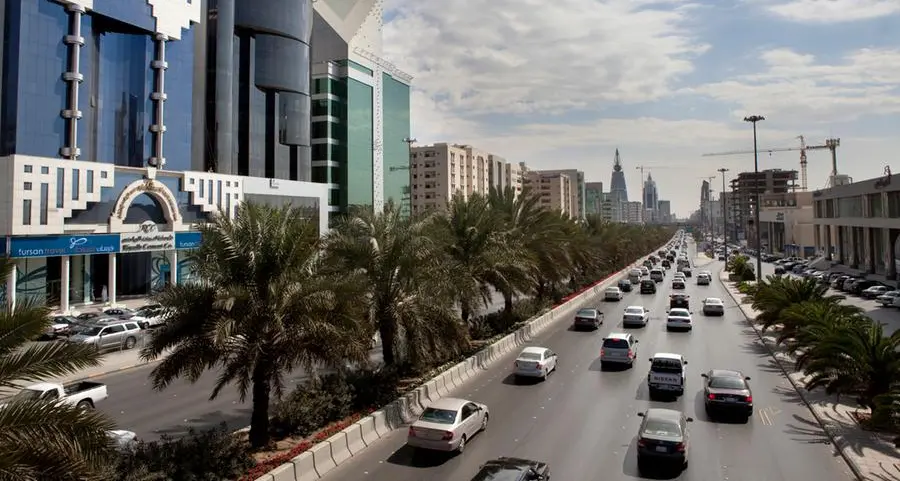PHOTO
Abu Dhabi, United Arab Emirates - September 11, 2016: Oman Air Airbus A330 aircraft on a taxiway at Abu Dhabi OMAA international airport, United Arab Emirates. Getty Images
MUSCAT: Oman Air is steadily building a roadmap toward a leaner, greener future as it balances environmental responsibilities with profit margins and intensifying global aviation standards.
Speaking at a recent media briefing hosted by Oman Air and Oman Airports, Con Korfiatis, CEO of Oman Air, provided deep insight into how the national carrier is aligning sustainability ambitions with operational discipline and financial performance.
In an exclusive interview with the Observer, Korfiatis emphasised the airline’s granular approach to key performance indicators (KPIs), saying, “Our budgets are line-by-line build-ups—from revenue to every little cost item—and everything is accountable for. When your margin isn't that big, everything matters.” This precision-led approach extends beyond profit and loss statements.
On the sustainability front, Oman Air is keeping a close eye on evolving international requirements, particularly those from the European Union, where aviation emissions are under sharp scrutiny. “Europe is probably the most progressed in the world in terms of sustainability requirements. In this region, it's not as legislated yet, but we know we have to do more,” Korfiatis noted.
He revealed that one of Oman Air’s most impactful moves was the rationalisation of its fleet—retaining only the most modern, fuel-efficient aircraft. “That’s a big step, but it’s just the beginning. We are building a fuller sustainability programme for 2025,” he added.
Pressed on how international carbon regulations and emissions trading schemes shape Oman Air’s strategy, Korfiatis was candid: “It’s not a case of choosing to factor them in or not—you just have to. It’s the way the world is going.”
He pointed out that current global rules are uniform and non-discriminatory, but hinted that any future asymmetries could potentially alter strategic decisions.
One of the toughest hurdles, he admitted, is fuel—specifically the availability and scale of sustainable aviation fuels (SAFs).
Con Korfiatis, CEO of Oman Air
“We hear about oil-based sustainable fuels. We hear about hydrogen. But can the industry produce it in enough volumes to make it 100% of your uplift? That’s still far off,” said Korfiatis. He added that the solution likely lies in a combination of fuel technologies rather than a single silver bullet.
On the technological front, Oman Air is keeping its sights set firmly on artificial intelligence and digital transformation. “AI is the next biggest step since the internet,” he said.
“Think of its applications in maintenance, customer service, airport operations, staffing, and route planning—it’s endless.” With the aviation sector globally facing both environmental and economic headwinds, Oman Air’s dual-track strategy aims to not only comply with emerging global regulations but also position itself as a future-forward airline ready to embrace innovation and sustainability.
Oman Air’s upcoming sustainability program for 2025 is expected to consolidate its initiatives into a unified strategy. This will likely include a stronger push into digitalisation, data-driven operational decisions, and continued investment in fleet efficiency.
As Korfiatis put it: “We’re the airline—we don’t develop the technology, but as soon as it’s there, we’ll be on board. The industry needs multiple solutions, and we’re ready to explore all viable paths.” With global aviation increasingly judged by its carbon footprint and its adaptability to change, Oman Air’s transparency and firm grip on both numbers and new technologies may well serve as a blueprint for regional carriers navigating similar turbulence.
2022 © All right reserved for Oman Establishment for Press, Publication and Advertising (OEPPA) Provided by SyndiGate Media Inc. (Syndigate.info).
